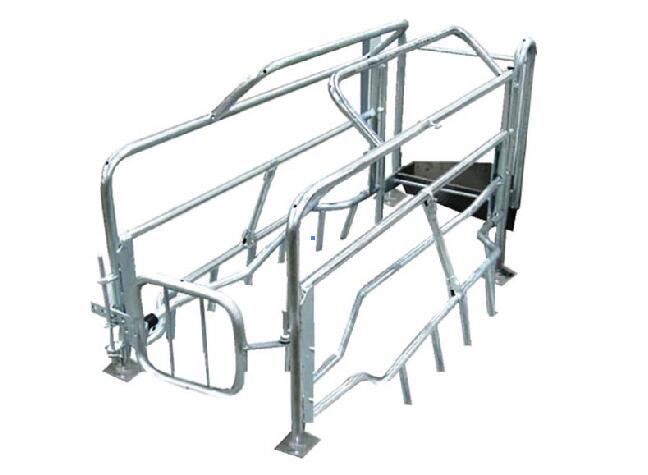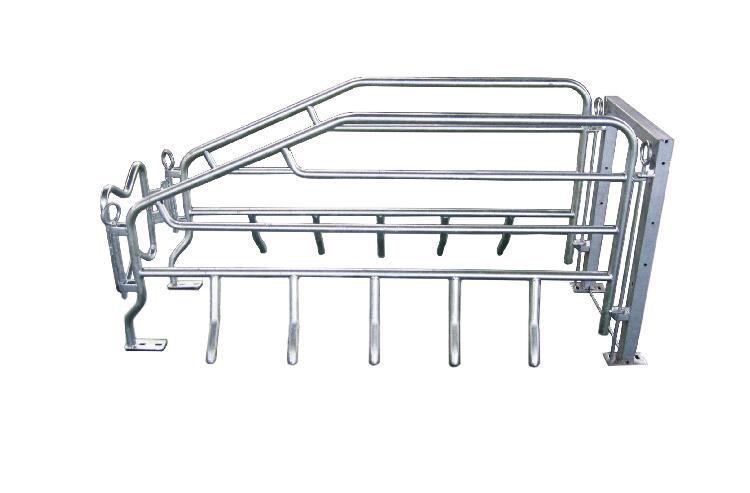Do not apply on sensitive crops. The tolerance to chlorine in different crops and varieties varies widely. Therefore, chlorinated fertilizers should be applied preferentially to rice crops such as rice, wheat, rapeseed, spinach, radish, beans, tomatoes, etc., which have strong chlorine resistance or moderate chlorine tolerance; crops with weak chlorine resistance, such as tobacco, tea, The use of chlorinated fertilizers is generally contraindicated for lettuce, oranges, grapes, etc. In addition, the chlorine resistance of different varieties of the same crop is different. For example, among the rice varieties, the chlorine resistance of hybrid rice is the strongest and the chlorine tolerance of conventional early rice is weak. And the chlorine-sensitive period of the crop is mostly in the seedling stage, such as rice in the 3 to 5 leaf stage; wheat in the 2 to 5 leaf stage, Chinese cabbage, pakchoi and rape in the 4 to 6 leaf stage. Therefore, even for chlorine-tolerant crops, it is necessary to decide whether or not to apply chlorine-containing fertilizers according to the tolerance of the varieties and growth period to chlorine, and to avoid “chlorine hazards†as much as possible. To prevent the accumulation of chloride ions in the soil. Chloride-containing fertilizers are suitable for use in rainy seasons or in areas with high precipitation to use rain showers to allow more chloride ions to leaching with water and prevent them from accumulating in the soil, thus effectively avoiding crop “chlorine harmâ€. Therefore, it is better not to use chlorinated fertilizer or to apply chlorinated fertilizers in dry lands without irrigation, in poorly drained saline-alkali lands, in high-temperature and dry seasons, and in areas with low water and rainfall. It must be applied in conjunction with decomposed organic fertilizers. In the application of chlorinated fertilizers, combined with the application of decomposed organic fertilizers, can increase the fertilizer efficiency of chlorinated fertilizers and reduce the adverse effects of chloride ions; In the soil with low effective phosphorus content, chloride ions inhibit the absorption of phosphorus in crops, often resulting in Due to lack of phosphorus in crop growth, it is necessary to pay attention to appropriate amount of phosphate fertilizer when applying chlorinated fertilizers; compound (mixed) Hefei made of chlorinated fertilizer and urea, ammonium phosphate, superphosphate, calcium magnesium phosphate, etc. Formula fertilizer can not only reduce the harm of chloride ions, but also because of the use of nitrogen, phosphorus and potassium, it can balance the effects of fertilization. To master the scientific method of application. With chlorinated fertilizer can be used as base fertilizer or top dressing, but not as a fertilizer. When basal fertilizer is used, it should be applied early and covered with soil. Normally it should be applied one week before sowing or transplanting, and applied to the seed or seedling underside, and it should be 5 to 7 cm away from the topsoil. When topdressing, it can be used to dilute the water or dilute the method of urine water pouring point application or application (to avoid spreading), and 5 to 10 cm away from the crop plants. The application amount of chlorinated fertilizer at the seedling stage should not be too large. When it is required to be applied in large quantities in the middle and later stages, it can be top-dressed in 2 to 3 times depending on the growth of the crop, with an interval of 15 to 20 days.
The Tube Farrowing Crates are designed for sows made of high quality stainless steel tube. His welding is fully automatic welding technology, so very durable. The tube farrowing crates Compared to other products, cleaning up is very simple and convenient. The tube farrowing crates has a removable slats flooring at the bottom, which is great for cleaning rubbish and manure. Special attention was paid to the fact that there were no any accumulation zones on the surface of the fram removable alatted flooring. PVC panels were used in places separated from the outside to facilitate disassembly and replacement. The tube farrowing crates surface can be sprayed or hot galvanized to ensure his finish. The tube farrowing crates`s edges are rounded and smooth, designed to prevent damage to sows that use it. We promise our tube farrowing crates are rugged and can last for 15-20 years. In addition, the size and technology of the products can be changed according to the needs of the customers. At the same time, we can also produce according to the buyer's special requirements or according to the drawings provided by the buyer.
Tube Farrowing Crates Tube Farrowing Crates,Farrowing Pig Crate,Tube Fence Farrowing Crates,Adjustable Tube Farrowing Crates,Farrowing Crate,Pig Farrowing Crate HuangHua FengYi Honde Metal Factory , https://www.farrowingcratesfromchina.com

Application of chlorinated fertilizers
Containing chlorinated fertilizer refers to a class of chemical fertilizers containing chloride ions, such as ammonium chloride and potassium chloride, as well as complex (mixed) Hefei, special fertilizers, and formula fertilizers prepared from ammonium chloride and potassium chloride as raw materials. . Improper use can cause “chlorinating†phenomena such as burning seedlings and injury seedlings. The following aspects should be noted in the specific application:
Next Article
What is the method of wintering carp
Prev Article
Low cost and high efficiency pig raising new law